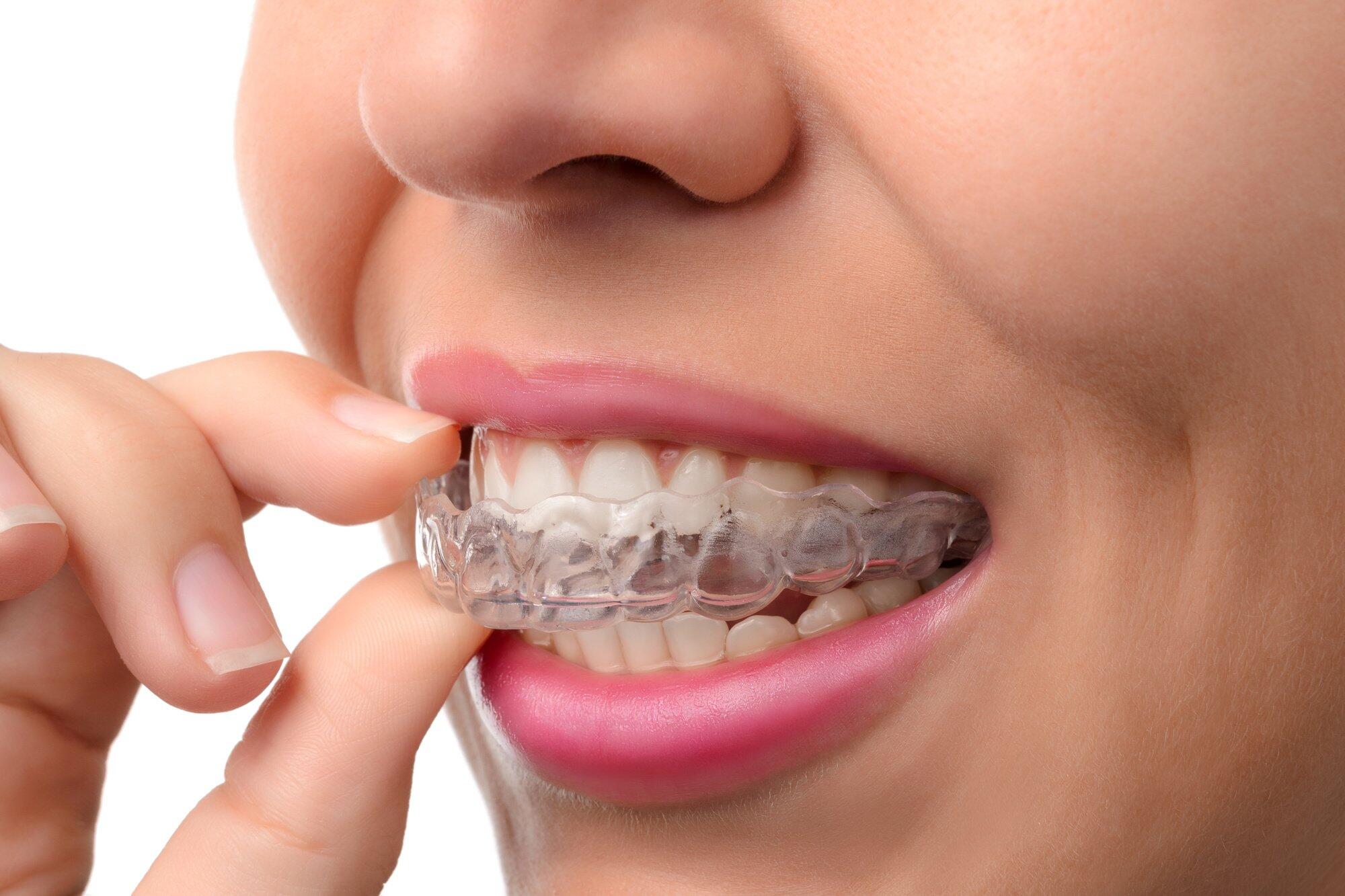All About All Star Family Orthodontics
Table of ContentsSome Ideas on All Star Family Orthodontics You Should Know10 Simple Techniques For All Star Family OrthodonticsThe Greatest Guide To All Star Family OrthodonticsThe 25-Second Trick For All Star Family OrthodonticsThe smart Trick of All Star Family Orthodontics That Nobody is Discussing

At Advanced Orthodontics, we give patients with a all natural treatment experience. Furthermore, we offer adjustable therapy routines, versatile payment alternatives and an enjoyable, enjoyable experience - braces. Phone call ( 480) 357-4900 today to find out more and schedule a consultation.
An orthodontist is a dental practitioner trained to diagnose, protect against, and treat teeth and jaw irregularities. Orthodontists work with people of all ages, from kids to adults.
Malocclusion, or misaligned teeth, can bring about oral issues, including tooth degeneration, periodontal illness, and hard or agonizing eating. Not everyone is birthed with straight teeth. If you have a bad bite or large areas between your teeth, you might intend to get in touch with a dentist concentrating on orthodontic care.
Everything about All Star Family Orthodontics
(Photo Credit Rating: DigitalVision/Getty Images) Orthodontists utilize taken care of and removable oral tools, like dental braces, retainers, and bands, to change the placement of teeth in your mouth. Orthodontic therapy is for dental abnormalities, including: Misaligned teethBite issues, like an overbite or an underbiteCrowded teeth or teeth that are too far apartJaw misalignmentThe goal of orthodontic treatment is to boost your bite.
While you might think of orthodontists as mostly for youngsters or teens who need dental braces, they can remedy dental issues at any type of age. Orthodontists go to college, oral college, and orthodontic college.
, however not all dental practitioners are orthodontists. They concentrate on two locations: How to properly and safely relocate teeth How to appropriately direct development in the teeth, jaw, and faceOnce an orthodontist has actually completed training, they have the option to come to be board accredited.
Our All Star Family Orthodontics Diaries
Imbalance, or malocclusion, is one of the most usual reason people see an orthodontist. It is genetic and is the result of size differences between the upper and reduced jaw or between the jaw and teeth. Malocclusion leads to tooth congestion, a twisted jaw, or irregular bite patterns. Malocclusion is generally treated with: Your orthodontist connects metal, ceramic, or plastic square bonds to your teeth.
If you have only small malocclusion, you might have the ability to utilize clear braces, called aligners, rather of conventional braces. Some individuals require a headwear to assist click for more info move teeth right into line with stress from outside the mouth. After dental braces or aligners, you'll require to use a retainer. A retainer is a custom tool that keeps your teeth in location.

You may need to see an orthodontist if you have: Crowding or not enough space for every one of your teethOverbite, when your top teeth come over your base teethUnderbite, when your bottom teeth are as well much forwardSpacing or problems with gapsCrossbite, which is when your upper teeth fit behind your bottom teeth when your mouth is closedOpen bite or an upright space between your front base and top teethMisplaced midline, when the center of your bottom and top teeth don't line up Correcting an oral malocclusion can: Make attacking, eating, and speaking easierImprove the symmetry of our face and your total appearanceEase discomfort from temporomandibular joint conditionsSeparate your teeth and make them simpler to clean, aiding avoid dental caries or cavities It's usually a dentist who initially notifications misaligned teeth throughout a regular test.
All Star Family Orthodontics Can Be Fun For Anyone
During your very first orthodontic assessment, you'll likely have: A dental examPhotos taken of your face and smileDental X-raysPanoramic (360 level) X-rays of your face and headImpressions to create molds of your teethThese examinations will certainly aid your orthodontist recognize just how to continue with your treatment. An orthodontist is a dentist who's had training to treat your teeth and jaw.
Orthodontists are dental professionals but not all dental professionals are orthodontists. Orthodontists are concentrated on your bite, or the means your teeth fit together, and the straightness of your teeth.

This preliminary appointment includes an aesthetic examination of your teeth and attack, X-rays, and possibly also 3D scans. By thoroughly reviewing these components, the orthodontist can determine any type of imbalances, crowding, spacing issues, or jaw disparities. As soon as a clear picture is developed, the orthodontist will certainly go over customized therapy options. This discussion will cover the kind of dental braces or aligners advised (standard steel dental braces, clear aligners like Invisalign, etc), the estimated treatment period, and any type of prospective difficulties or side results.
About All Star Family Orthodontics
, orthodontists have a diverse toolkit at their disposal. These reliable dental braces utilize a system of braces bound to the teeth and attached by wires.
Clear aligners, like Invisalign, are a preferred option for people looking for an extra discreet treatment choice. These detachable trays are tailor-made to progressively shift the teeth's position. Headwear might be made use of in conjunction with braces or aligners to use extra targeted pressures, particularly for remedying jaw disparities. In situations of slim jaws, palatal expanders can be used to develop space for appropriate tooth positioning.